This week, we have one lizard, three butterflies, and three birds.
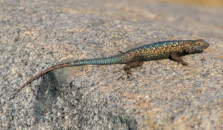
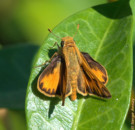
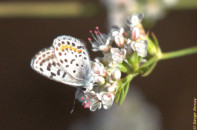

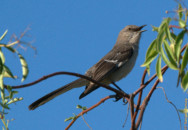
Lizards are one of the easiest animal to take pictures of. If you move slowly they will let you get very close. It’s as if they don’t perceive you as a threat because they think you are too slow. On the other hand, once they have decided that “it’s close enough!” they disappear like magic. So, this is one of the reasons why I seem to have at least one lizard in most posts. Another is simply that there a lot of them in our area.
This lizard is called western fence lizard. As you will see here:
http://www.californiaherps.com/identification/lizardsid/commonlizards.html
there are many different looking lizards grouped under that name. I very much like the blue/green color of this one.
The butterflies… ahh that is another species which gave me pause. Is it a butterfly or a moth? That is the question.
In French, it’s pretty easy, a butterfly is a “papillon” and a moth is a “papillon de nuit”, which literally means a “night butterfly”. So naturally it is implied that the “papillon” is the “go by day” guy.
But since we speak English here, I had to do a bit of research.
There are plenty of sites with a lot of information about this topic. I thought this table summarizes the differences very well:
| Butterfly | Moth | |
| Antennae | rounded clubs on the ends | thin or often feathery |
| Body | thin and smooth | thick and fuzzy |
| Active | during the day | during the night |
| Color | colorful | dull |
| Pupal Stage | chrysalis | cocoon |
| Wings | held vertically when resting | held flat against body when resting |
source: https://www.thoughtco.com/difference-between-butterfly-and-moth-1968460
If you want more details: https://www.diffen.com/difference/Butterfly_vs_Moth
In particular, I liked the “Mating Selection” difference found there: butterflies select their mates by sight whereas moths use scent. This is a big difference which makes sense since butterflies are colorful and moths are not.
All this to say that, yes, these are all butterflies.
The first one is a large skipper. Despite the name it really is a small butterfly. It is only large compared to another skipper, which, naturally, is called small skipper. Research revealed something very odd.
In Wikipedia we see:
“This species occurs from Europe to the East Palearctic realm (northern Asia, China and Japan)“
And it’s not just Wikipedia who says this.
So, it is not a butterfly which should even exist here. But it is. What’s going on?
It looks to me like somehow it got imported and now it’s spreading in the Americas. I find it amazing that I could not find any mention of this on the web. It’s as if it just happened.
Next we have a melissa blue. Strangely enough, like the long tailed blue (which I showed you in this post), it doesn’t look blue. Now I am not sure if it is partly due to the fact that it is often the end of the day when I take most of my pictures, and therefore the sun is low on the horizon, resulting in a yellow dominant color. Unless it’s just what happens when these butterflies get old?
Our last butterfly today is a Behr’s metalmark. We might call this a local butterfly, since its range is center California to center Baja California. You can find plenty of information here:
https://www.butterfliesandmoths.org/species/Apodemia-virgulti
As to the birds, first we have one of our most common birds, the mockingbird. I decided to include this picture simply because it seemed so perfect. I like mockingbirds because they are very lively. They are well known for their imitations of all kind of sounds, a performance used to woo the females. And they are decidedly very territorial, trying hard to kick away any other bird, even birds of prey, who gets too close to their nest.
Then, we have a mysterious black bird with red eyes. I only saw this bird in June when I took this picture, and I have never seen it again since. It is a phainopepla. This is a male. Females are dark gray with white edging on the wing feathers.
And finally we have the most elegant, classy bird in our neighborhood: the great blue heron. I will not discuss this bird much this time, as I am planning on a post dedicated to him later. But I thought you would probably like to see this picture.
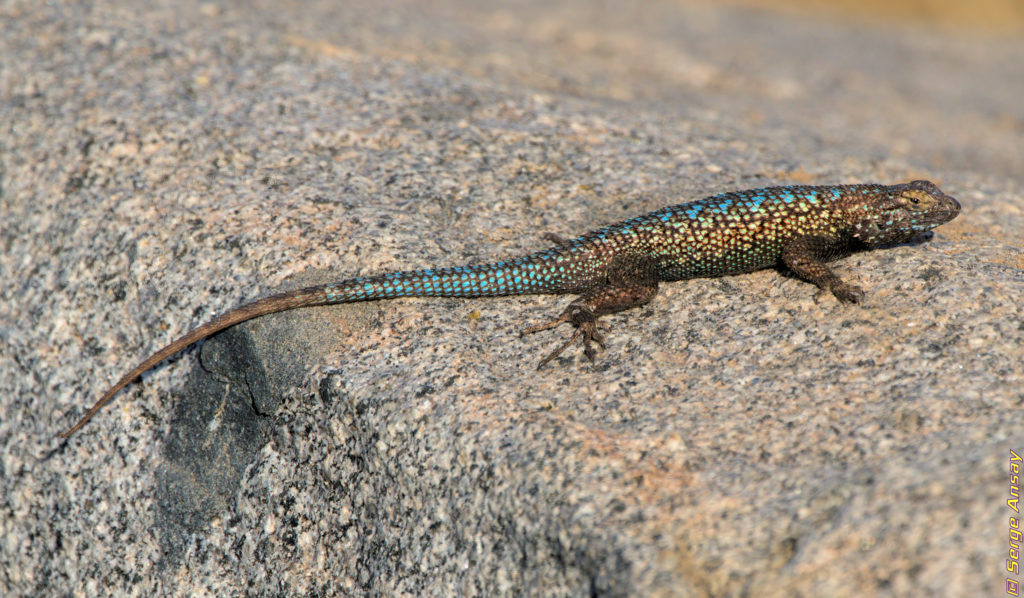


The chatoyance on the back of the Lazard is beautiful! Did it change much with a change in angle?
Great use of this uncommon word “chatoyance”. I had to refresh my memory even though it comes from French. For everybody else who will read this blog, this word comes from “chat”, which is “cat” in French, and it describes the cat’s eye variance in shining under different lights. Merriam Webster dictionary says “having a changeable luster or color with an undulating narrow band of white light”
And to answer Michael’s question, yes, it changes much. Under certain angles I couldn’t see it at all, and the lizard looked rather dull.